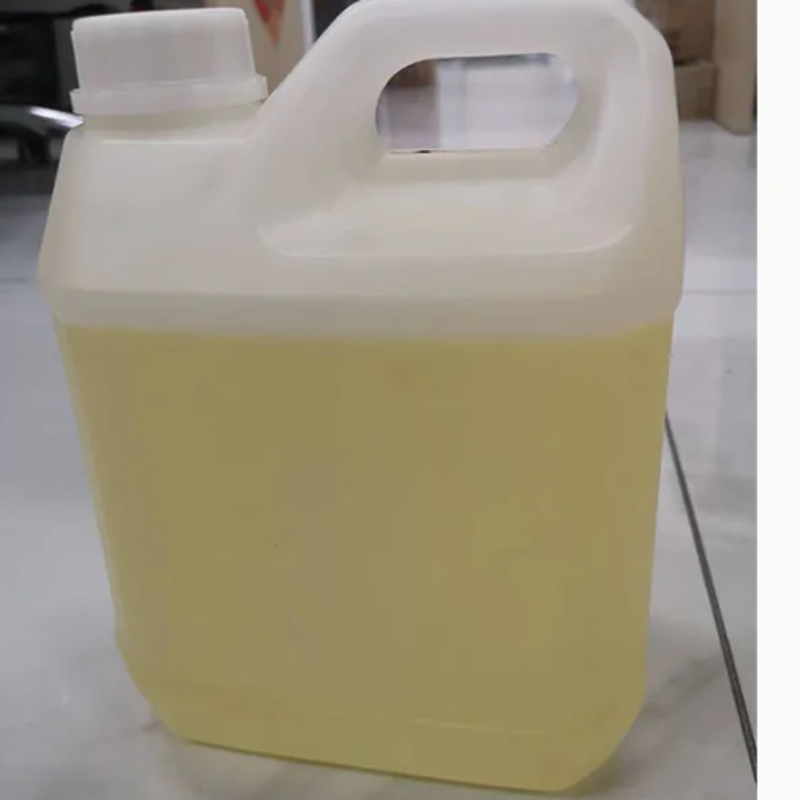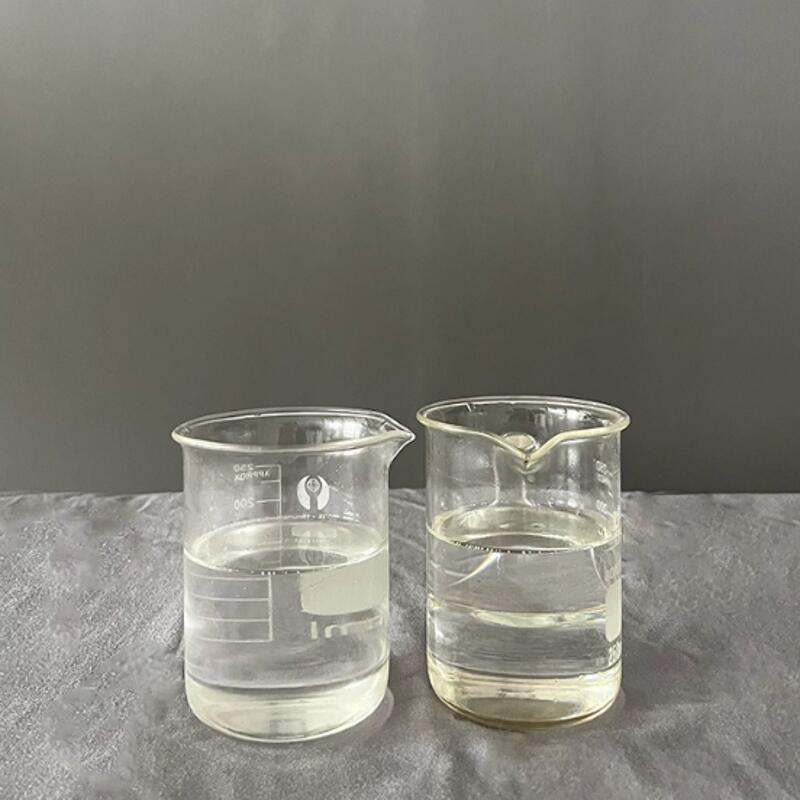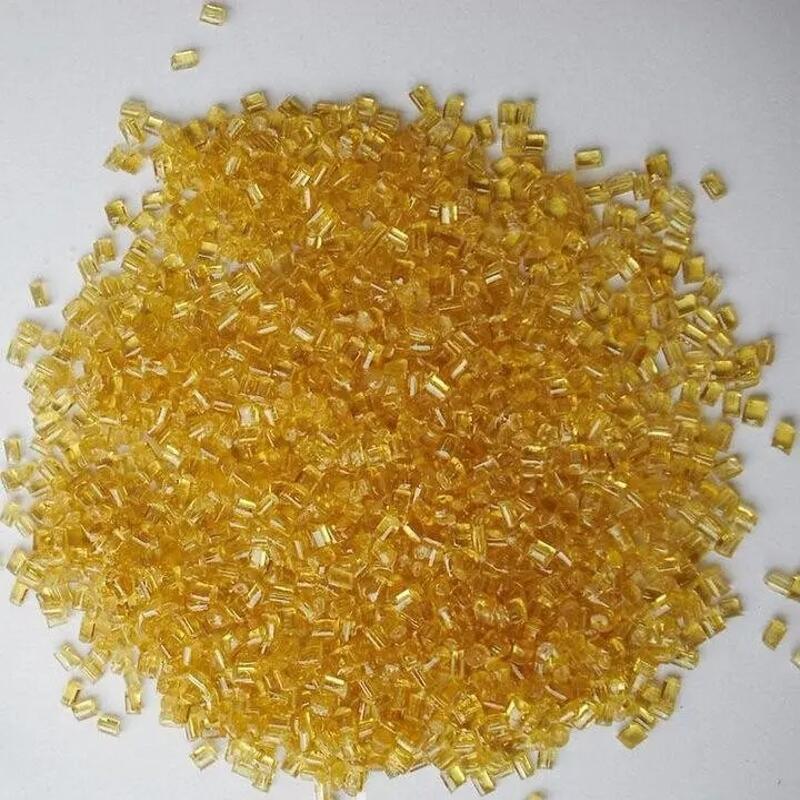-
Categories
-
Pharmaceutical Intermediates
-
Active Pharmaceutical Ingredients
-
Food Additives
- Industrial Coatings
- Agrochemicals
- Dyes and Pigments
- Surfactant
- Flavors and Fragrances
- Chemical Reagents
- Catalyst and Auxiliary
- Natural Products
- Inorganic Chemistry
-
Organic Chemistry
-
Biochemical Engineering
- Analytical Chemistry
-
Cosmetic Ingredient
- Water Treatment Chemical
-
Pharmaceutical Intermediates
Promotion
ECHEMI Mall
Wholesale
Weekly Price
Exhibition
News
-
Trade Service
A group at the Krakow University of Technology in Poland has developed an open-cell polyurethane foam in which all polyol components are derived from used cooking oil
.
The team led by Krzysztof Polaczek said that although bio-based polyols derived from vegetable oils have higher viscosities and lower hydroxyl values than petrochemical polyols, limiting their usefulness
.
However, they managed to successfully create an open-cell polyurethane foam system
.
They carefully studied the properties of bio-based polyols, especially the effect of molecular weight, viscosity and hydroxyl value on foam properties
.
This includes apparent density, thermal conductivity, closed cell content, mechanical strength, brittleness and short-term water absorption
.
They found that in the manufacture of biopolyols for polyurethane foam, the key step is the epoxidation reaction, and the epoxy value has a significant effect on the number of oligomerization side reactions that occur during the epoxide ring opening process
.
Open cell foams made using these polyols have properties comparable to commercial products
.
This includes an apparent density of 12.
4-13.
3kg/m3, a thermal conductivity of 36.
6-38.
2 mW/mK, and a closed cell content of less than 10%
.







